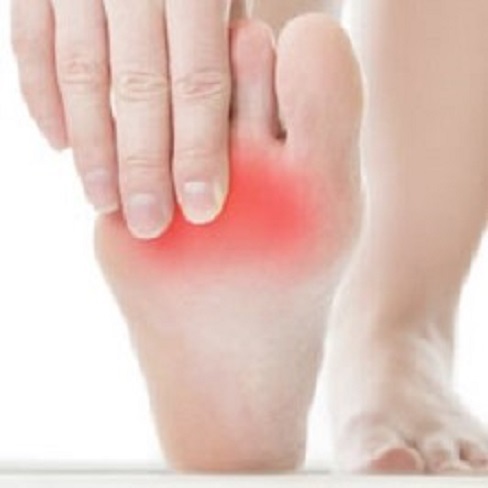Causes Of Pain In The Ball Of Foot
Many times athletes are plagued by ball of foot pain after exercising. This is a common condition among swimmers and runners, especially during their swimming workouts. While it is commonly thought that the discomfort results from the muscles contracting during exercise, it is really an injury caused by muscle spasms in the body. The pain that is experienced after exercising should subside on its own or can be relieved with heat.
Causes of pain in the ball of the foot when swimming and running, running in high heels or any other type of sports activity can often cause a sudden rise or fall in blood pressure, causing the foot to become more or less heavy depending on the amount of pressure on them. … For those who often run or swim, the problem can also be caused by striking the legs and shins while wearing shoes. This can damage the ligaments of the shin and foot. The ligaments of the foot are heavily stressed, especially if the person wears high heels. Over time, this can lead to rupture of the ligaments.
These symptoms can easily lead to more severe conditions such as plantar fasciitis. There are many factors that can contribute to the onset of this condition. Overdoing it with running or jumping with too much force on the feet can lead to plantar fasciitis. This type of pain occurs when the fascia of the calcaneus is damaged. In the case of the ball of the foot, tissue on the heel bone is also damaged when the heel lands in the air, causing the heel to be pulled back into the body at an unnatural angle.
The cause of pain in the ball of the foot while swimming or running cannot be determined unless an X-ray of the foot is taken. The condition will be treated with X-ray results. If the cause of the pain can be determined, physical therapy is required to restore normal foot function. In some cases, surgery will be performed. if the disease is not treated in time, irreversible damage can occur.

Other causes of ball pain can be caused by wearing shoes with poorly fitted toes
This type of pain, also called a metatarsal hernia, occurs when a bone protrudes through a hole in the heel bone, sometimes resulting in a crack in the tissue. Another common cause of the problem in swimmers is the placement of the metatarsal bone, the bone found in the forefoot.
Metatarsal herniation is caused when the bones of the metatarsus move toward one another when the toes are pressed together and this creates pain and sometimes swelling. It can also cause a feeling of heaviness on one side of the foot. Athletes who wear high heels often develop this condition because they rub their toes on hard surfaces, such as concrete.
Sometimes it is necessary to have a metatarsal sheath removed after a metatarsal herniation, or at least the bones around it removed, to relieve pain and protect the surrounding tissue. Sometimes the bone is simply pushed back into the body and will eventually heal. If it does heal, the problem is usually caused by the bone coming out of the bone instead of sticking out through the hole.
No matter the reason for the pain in the ball of the foot, the best thing to do is to rest your foot until the pain subsides. It is important to avoid activities that place a greater amount of pressure on the foot, such as standing for long periods.